You may ask: who decided to give print 37 minutes of a 16-week semester course?
Yours truly, I may add.
This is the fourth consecutive year I have taught Multiplatform Design & Storytelling course at Columbia University’s School of Journalism. Much has happened in those four years, and as a conscientious professor who wants to make sure my students get the latest information, I have changed the course syllabus consistently each semester. Digital design and storytelling dominate, as they should, so I was delighted that we could give print at least a portion of a class period.
Feeling optimistic
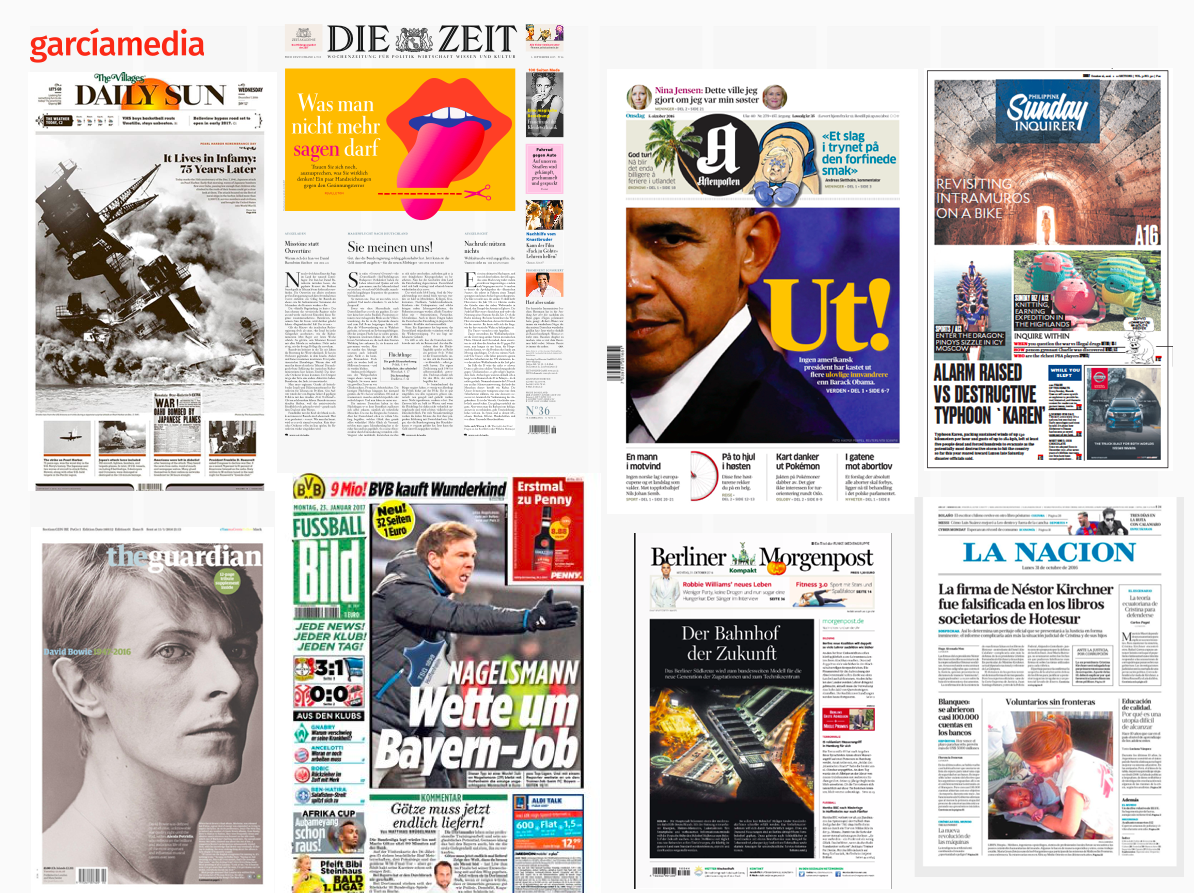
While the period devoted to print may have been rather short, the intensity of the presentation was right on target and so was the optimistic tone, even though there is never a single copy of a printed newspaper or magazine present in my classroom anymore.
When I asked the 16 students present in class how many read in print, only one hand went up and that was “because I work at a place where printed newspapers are brought in each day.”
Don’t misunderstand me, these sharp and well informed Columbia journalism students are voracious readers. In fact, news junkies. But they are just getting their information from digital platforms. Nobody in the class remembers life without Google.
What’s the status of print today?
I offered the class four centerpieces of how I view the role of print today, which I share with you here:
The new front page…more feature, magazine oriented
The good and realistic editors know that you don’t break news in print, so they include more magazine like pieces on page one, more frequent use of illustrations, and, often, headlines that do not include a verb.
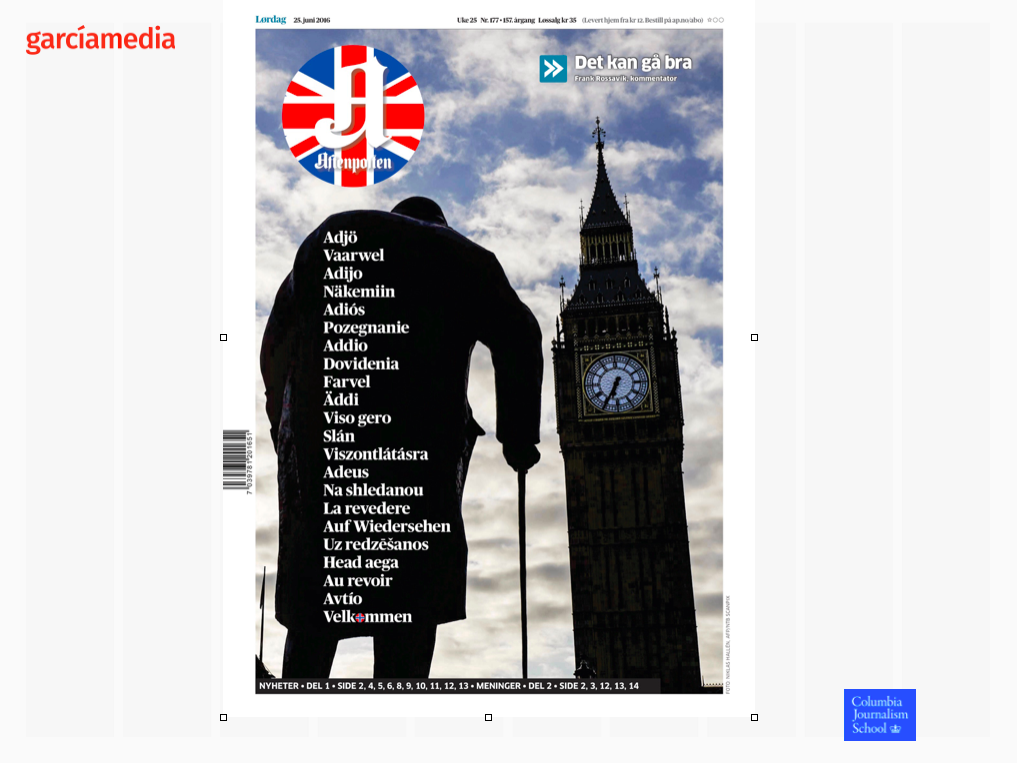
Aftenposten, Norway
The second-day headline…on day one!
Let’s not date that printed edition of the newspaper more than it already is. The news first appeared on a mobile device, so by the time print arrives the following morning, the headline must advance the story. Good editors assume that the reader already knows the essence of the story and is looking for additional information.
Almost everyone knew that Fidel Castro had died the day before the front pages displayed the important story on Page One.
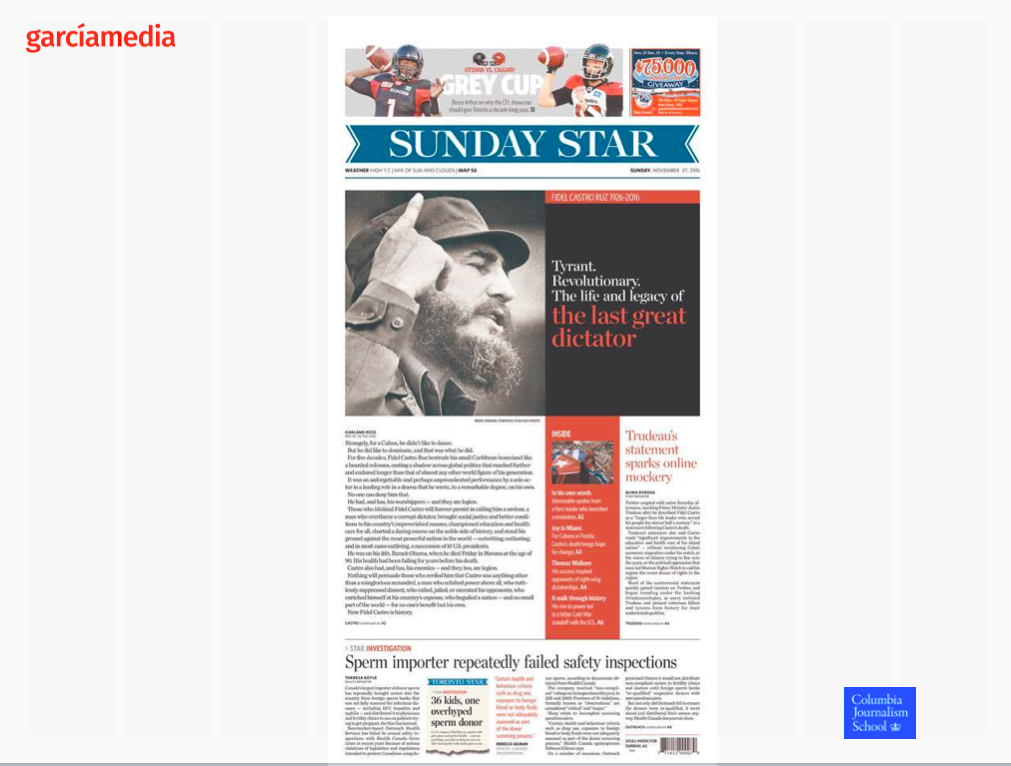
Toronto Sunday Star, Canada
The new newspapers…born in the past few months
My optimism is based on the fact that my current work schedule includes “print only” projects, innovation of existing printed publications, and news about new newspapers born in 2017, such as Germany’s Fussball Bild.
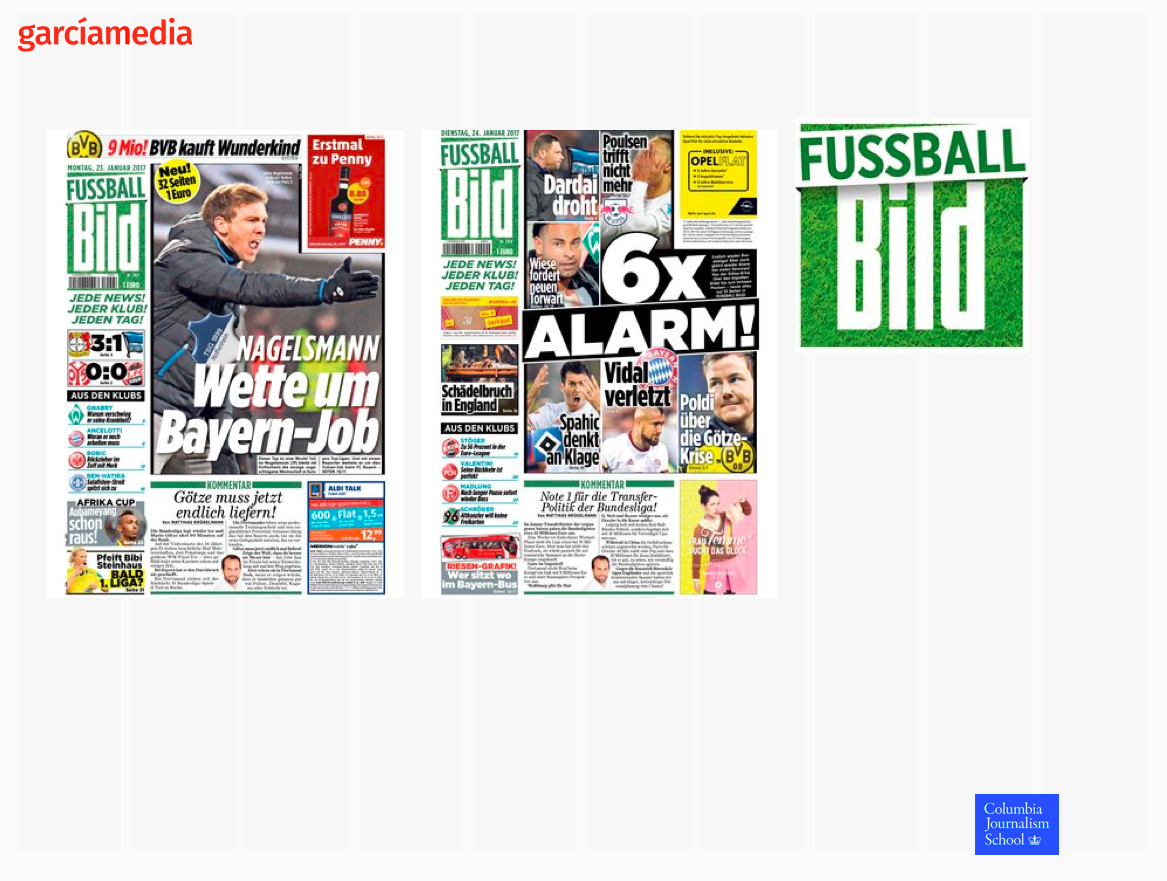
Fussball Bild, Germany
Getting inventive…with print editions
I love it when publications such as The New York Times “play” with creating four different covers for the same edition of their Sunday Magazine.
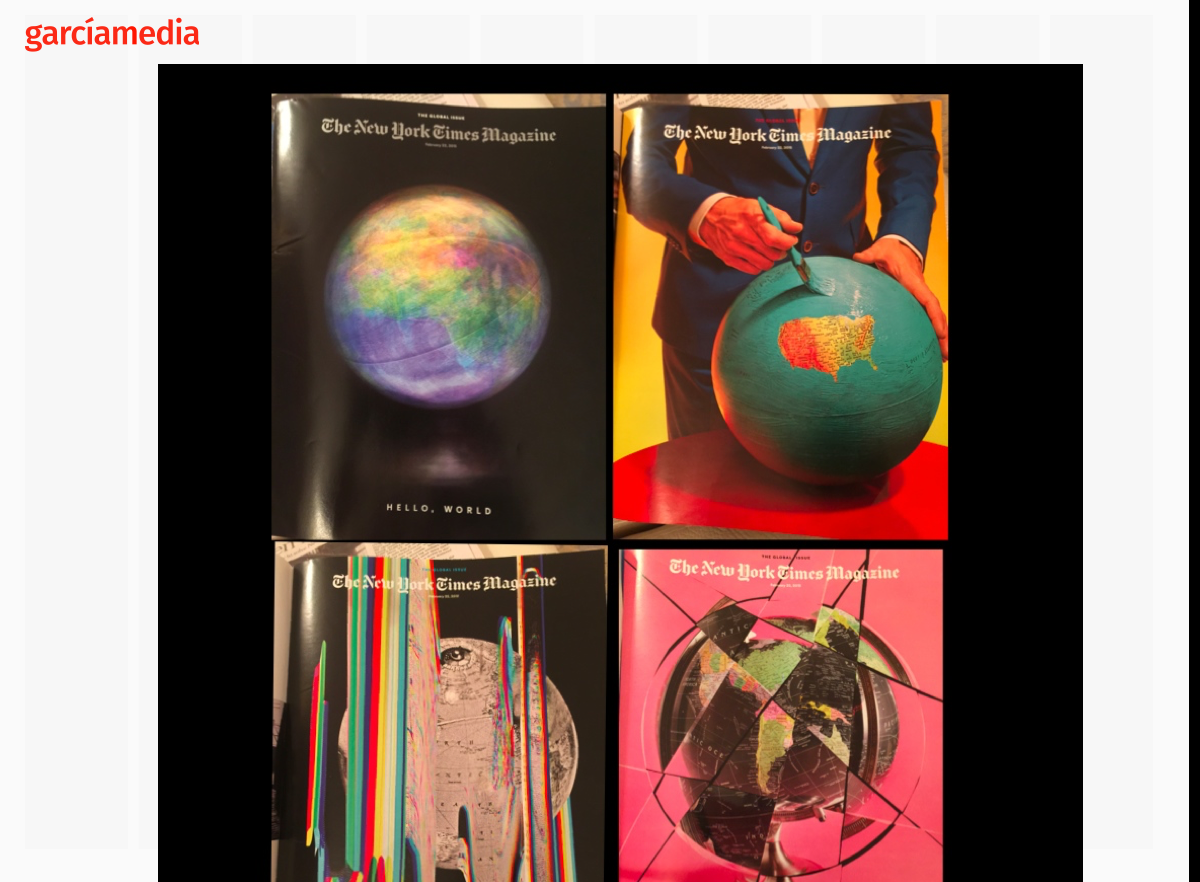
The New York Times Magazine, USA
Speaking Engagements Coming Up
I will be speaking at these events in the weeks ahead:

Mobile Media Culture in the Americas: The Digital Divide
March 23
Miami, Florida
USA
I will be one of the speakers/panelists in this conference, a full day of interactive analysis of how information and communication technologies—specifically, mobile media—affect Latin American and Caribbean societies. How are mobile media bridging divides? Is that bridge strengthening democracy, social mobility, and economic equality and supporting growth and development? How has innovation changed the newsroom and news media landscape in Latin America and the Caribbean? What is being done to support enhanced journalistic coverage of our hemisphere?
For more information: https://mmca17.splashthat.com/
Webinar for Crowdynews: open to all
March 29, 9 a.m. EST
The brief: What trends should every publisher embrace in 2017? According to Dr. Mario Garcia, top-of-mind should include digital storytelling, email newsletters, and sponsored content.
“Mario Garcia, world renown storyteller, editorial designer, and digital strategy consultant, will share practical steps news organizations can embrace to offset the disruptive forces rocking the news industry. During this 60-minute webinar, Mario will introduce a concept and then open the floor for a discussion on implementation and best practices sharing stories of those who are realizing success.”
In this webinar, Dr. Garcia will cover how to:
1) Go where your readers are: mobile. How do you create a more visually compelling and interactive experience for your mobile users while facing the challenge of a smaller screen size?
2) Be the source of their news – starting with their inbox every morning. How do you create a personalised, informative, and indispensable newsletter for your audience?
3) Serve your readers with high quality, non-obstructive ads or face ad blockers. How do you organize your newsroom to offer sponsored content while not compromising editorial integrity?
To register, go here:
https://attendee.gotowebinar.com/register/5146625194690261761
VOZ Media Conference
April 6
Vienna, Austria
I will be the keynote speaker for this event, my presentation titled The important role of print in the digital age. This presentation presents a state of the media today, with emphasis on how we tell stories visually on mobile devices, the role of print and the importance of email newsletters and sponsored content to find new ways of promoting content and monetizing your operation.
For more information: http://www.voez.at/b2039m10
TheMarioBlog post #2592